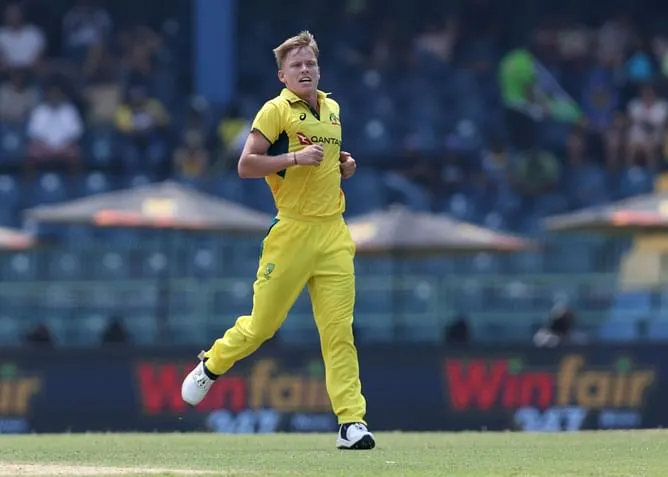
With Australia set to participate in the 2025 Champions Trophy without its legendary pace trio—Pat Cummins, Josh Hazlewood, and Mitchell Starc—stand-in skipper Steve Smith has publicly backed the replacements, showing faith in the depth of Australia’s next-generation fast bowling unit. Smith highlighted Nathan Ellis, Ben Dwarshius, and Spencer Johnson as capable of filling the void and delivering under pressure.
The absence of the regular attack was initially seen as a potential handicap, especially considering their critical role in Australia’s 2023 World Cup success. However, Smith’s tone was anything but pessimistic. “We’re missing our frontline quicks, but that just gives a huge opportunity for the next crop. These boys have shown they belong at this level,” he said in a pre-tournament press briefing.
Each of the incoming pacers brings a different style. Ellis is known for his variation and accuracy at the death, Dwarshius has a strong left-arm angle with swing up front, and Johnson brings raw pace and bounce. Smith stressed that managing these resources smartly would be key, especially in knockout scenarios. “They’ve all got different weapons. It’s about using them wisely across conditions and situations.”
While lacking experience compared to the household names they replace, all three have put in solid domestic and franchise-level performances. Their inclusion was also supported by Australia’s selectors, who view this tournament as part of a long-term plan. “The Champions Trophy isn’t just about the now—it’s also about shaping the group that takes us forward to the 2027 World Cup,” said a senior team official.
Smith emphasized that bowling wasn’t the only area undergoing a shift. With Mitchell Marsh and Marcus Stoinis also rested, and Travis Head and Cameron Green expected to carry the load in the middle order, the leadership group has been refocused. Alongside Smith, players like Glenn Maxwell, Adam Zampa, and Alex Carey are expected to provide balance and experience.
The response to the reshuffle has been largely positive, especially after Australia’s group stage performances where the replacement bowlers held their nerve and delivered key breakthroughs. Johnson clocked speeds above 145 km/h consistently, Ellis’s yorkers proved effective at the death, and Dwarshius chipped in with timely wickets during the middle overs.
Steve Smith also highlighted the positive energy in the dressing room. “They’re hungry. They’re not just filling in—they want to make this their spot going forward. That’s the kind of competition you need at the top level.”
Despite a semi-final exit at the hands of a clinical Indian side, Australia’s Champions Trophy campaign was viewed as a success from a development standpoint. Smith noted the potential of this pace unit to challenge for long-term roles, especially if injuries continue to affect the senior bowlers.
With the T20 World Cup and another ODI World Cup cycle on the horizon, Australia’s ability to regenerate its core bowling attack could be the decisive factor in maintaining its global dominance. Steve Smith’s confidence in the new wave isn’t just talk—it’s the beginning of a strategic rebuild with eyes firmly on the future.

